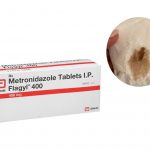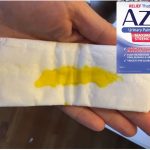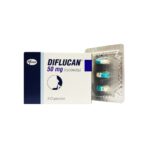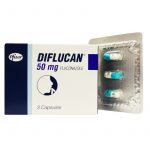Why Do I Have A Clumpy Discharge After Taking Fluconazole?
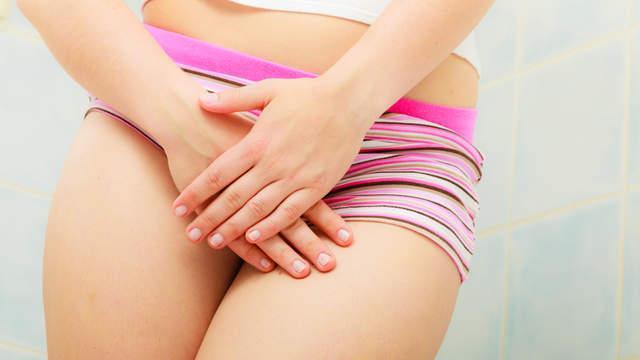
Yeast infections often cause thick, white, clumpy vaginal discharge that usually doesn’t smell (or only smells slightly different than normal). You might also have a creamy, whitish coating in and around your vagina.
Most yeast infections lead to itching, burning, and/or redness in or around the vagina. Vaginal itching usually gets worse the longer you have the infection. Sex may be uncomfortable or painful. In extreme cases, you can get fissures or sores on your vagina or vulva. If you have lots of irritation, it may sting when you pee.
Vaginal yeast infections aren’t considered a sexually transmitted infection (STI), commonly known as sexually transmitted disease (STD). Sexual contact can spread it, but women who aren’t sexually active can also get them. As many as 3 out of 4 females experience it during their lifetime. Most experience at least two infections.
What is Fluconazole?
Fluconazole is one of the medications used in treating yeast infections. It works by slowing the growth of fungi that cause infection. It is used to treat fungal infections, including yeast infections of the vagina, mouth, throat, esophagus (tube leading from the mouth to the stomach), abdomen (area between the chest and waist), lungs, blood, and other organs.
How should Fluconazole be used?
Fluconazole comes as a tablet and a suspension (liquid) to take by mouth. It is usually taken once a day, with or without food. You may need to take only one dose of fluconazole, or you may need to take fluconazole for several weeks or longer. The length of your treatment depends on your condition and on how well you respond to fluconazole. Follow the directions on your prescription label carefully, and ask your doctor or pharmacist to explain any part you do not understand. Take fluconazole exactly as directed. Do not take more or less of it or take it more often than prescribed by your doctor.
Your doctor may tell you to take a double dose of fluconazole on the first day of your treatment. Follow these directions carefully.
Shake the liquid well before each use to mix the medication evenly.
You should begin to feel better during the first few days of treatment with fluconazole. If your symptoms do not improve or get worse, call your doctor.
Continue to take fluconazole until your doctor tells you that you should stop, even if you feel better. Do not stop taking fluconazole without talking to your doctor. If you stop taking fluconazole too soon, your infection may come back after a short time.
Don’t have vaginal or oral sex, or put anything into your vagina, until you’ve finished treatment and your infection goes away. Friction from sex can cause more irritation or make it harder to heal. And some medicines that you use in your vagina have oil in them, which can cause condoms to break.
Even though yeast infections can be really itchy, try not to scratch. It can make irritation worse or cause cuts in your skin, which can spread germs and lead to more infection. There are over-the-counter creams that you can use on your vulva to help calm the irritation. Your doctor can also give you tips on relieving burning and itching.
Why do I still have a clumpy discharge after taking fluconazole?
Generally, Fluconazole was well absorbed, and peak blood levels at 2 hours, it starts to work within 24 hours, but it may take 3 days for your symptoms to improve and up to 7 days before the characteristics thick, white, or clumpy vaginal discharge disappears completely.
A vaginal yeast infection produces this consistency of discharge. If a yeast infection is present, a person may experience accompanying symptoms, such as:
- irritation
- burning
- itchiness
- skin darkening
If there is no change in your symptoms after a few days, call your doctor. You may require further treatment or something else may be causing the irritation
Fluconazole side effects
The more common side effects of fluconazole oral tablets depend on how much of the drug you need to take. These side effects can include:
• headache
• diarrhea
• nausea or upset stomach
• dizziness
• stomach pain
• vomiting
• changes in the way food tastes
• severe rash in people with lowered immunity
If these effects are mild, they may go away within a few days or a couple of weeks. If they’re more severe or don’t go away, talk with your doctor or pharmacist.
Serious side effects
Call your doctor right away if you have serious side effects. Call 911 if your symptoms feel life threatening or if you think you’re having a medical emergency. Serious side effects and their symptoms can include the following:
• Liver damage. Symptoms can include:
o yellowing of your skin or the whites of your eyes
o dark urine
o light-colored stools
o severe skin itching
o vomiting or nausea
• Severe rash in people with acquired immunodeficiency syndrome (AIDS) or cancer. Symptoms can include:
o skin peeling
o severe rash
• Torsades de pointes (a life-threatening heart rhythm condition). Symptoms can include:
o feeling like your heart is skipping a beat (palpitations)
o fast, irregular heart rate
o dizziness
o fainting
o seizures
• Adrenal gland problems. Symptoms can include:
o muscle weakness
o belly pain
o fatigue
o loss of appetite
This drug may cause other side effects. Call your doctor if you experience any unusual problems while you are taking this medication. You may report side effects to FDA at 1-800-FDA-1088.

